Frozen gluten, also known as seitan or wheat meat, has become a staple in plant-based kitchens worldwide. Praised for its meat-like texture and high protein content, it serves as a versatile ingredient in stir-fries, stews, sandwiches, and more. However, cooking frozen gluten to perfection requires precision, patience, and an understanding of its unique properties. One of the most common questions among home cooks and food enthusiasts is: How long should frozen gluten be cooked to achieve the ideal texture and flavor? This article delves into the science, techniques, and practical tips to answer this question comprehensively, ensuring your frozen gluten dishes are both delicious and safe to eat.
Understanding Frozen Gluten: Composition and Thawing Basics
Before discussing cooking times, it’s essential to grasp what frozen gluten is and how freezing affects its structure. Gluten is derived from wheat protein, washed and kneaded to create a dense, chewy texture. When frozen, the ice crystals formed during the freezing process can alter the protein network, potentially making the gluten tougher if not handled correctly.
Thawing vs. Cooking Directly from Frozen
A critical decision when preparing frozen gluten is whether to thaw it first or cook it directly. Thawing allows the gluten to regain some moisture and flexibility, reducing cooking time. However, cooking from frozen is often more convenient. If you opt for direct cooking, expect to add 5–10 minutes to the total time to compensate for the lower initial temperature.
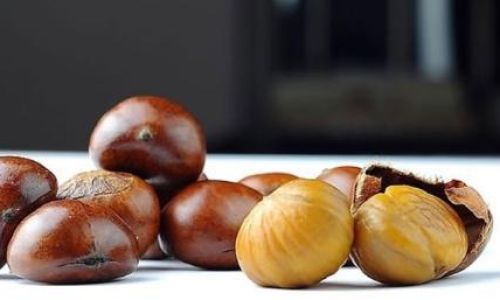
Boiling: The Classic Method
Boiling is the most traditional way to cook gluten, as it hydrates the protein and softens its texture. For frozen gluten, this method requires careful timing to avoid overcooking or undercooking.
Step-by-Step Boiling Guide
- Prepare the Pot: Fill a large pot with enough water to submerge the gluten completely. Add aromatics like garlic, ginger, or soy sauce for flavor (optional).
- Bring to a Boil: Heat the water over high heat until it reaches a rolling boil.
- Add Frozen Gluten: Gently place the frozen gluten into the boiling water. Reduce the heat to a simmer to prevent the water from evaporating too quickly.
- Cooking Time:
- Small Pieces (e.g., cubes, strips): 15–20 minutes.
- Large Chunks or Whole Seitan: 25–30 minutes.
- Test for Doneness: Pierce the gluten with a fork. It should offer slight resistance but not feel rubbery. Overcooked gluten becomes dry and crumbly.
Pro Tip: For enhanced flavor, simmer the gluten in broth instead of plain water. Vegetable or mushroom broth works particularly well.
Simmering: Low and Slow for Tender Results
Simmering frozen gluten at a lower temperature (around 185°F/85°C) yields a softer, more tender texture. This method is ideal for recipes where the gluten will absorb sauces or broths, such as stews or curries.
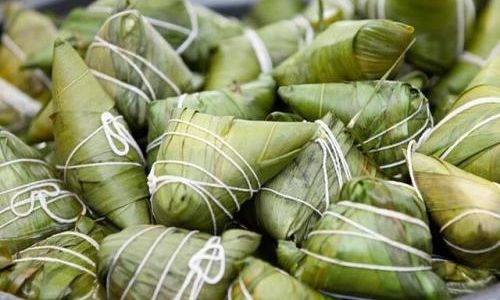
Cooking Time:
- Frozen Gluten Pieces: 30–40 minutes.
- Whole Frozen Seitan: 45–60 minutes.
Why It Works: The gentle heat allows the gluten to rehydrate slowly, preventing the toughening that can occur with rapid boiling.
Steaming: A Moisture-Rich Alternative
Steaming frozen gluten preserves moisture and prevents it from becoming waterlogged. This method is excellent for maintaining the gluten’s shape and texture, making it perfect for slicing or stuffing.
How to Steam Frozen Gluten

- Set Up Your Steamer: Use a bamboo steamer, metal steamer basket, or electric steamer. Ensure the gluten isn’t touching the water directly.
- Arrange the Gluten: Place frozen pieces in a single layer to allow steam circulation.
- Cooking Time:
- Thin Slices: 10–15 minutes.
- Thick Chunks: 20–25 minutes.
Pro Tip: Wrap the gluten in parchment paper before steaming to lock in moisture.
Baking: For Crispy Exteriors and Chewy Interiors
Baking frozen gluten is a game-changer for achieving contrasting textures. While baking alone won’t fully cook frozen gluten, it’s an excellent finishing step after boiling or simmering.
Two-Step Method
- Boil or Simmer First: Cook the frozen gluten as described earlier.
- Bake: Preheat the oven to 375°F (190°C). Toss the gluten in oil, spices, or marinade, then bake for 15–20 minutes until crispy.
Direct Baking (Advanced): For small frozen gluten pieces, bake at 350°F (175°C) for 25–30 minutes. However, this method risks drying out the gluten if not monitored closely.
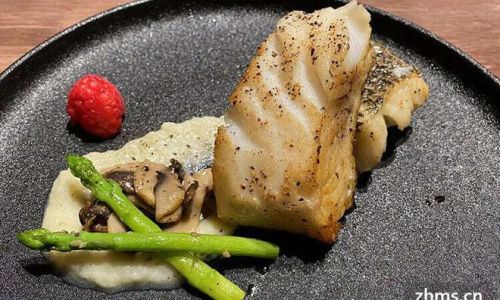
Pan-Frying: Quick and Flavorful
Pan-frying frozen gluten is ideal for adding a crispy crust to pre-cooked pieces. However, starting with frozen gluten directly in a pan can lead to uneven cooking.
Recommended Workflow
- Thaw Slightly: Let the gluten sit at room temperature for 10–15 minutes.
- Cook in Stages:
- First Fry: Pan-fry over medium heat for 3–4 minutes per side to brown.
- Steam-Fry: Add a splash of water or broth, cover, and cook for an additional 5 minutes to ensure thorough heating.
Pressure Cooking: Speed Without Sacrifice
Pressure cooking frozen gluten drastically reduces cooking time while retaining moisture. This method is perfect for busy cooks.
Cooking Time:
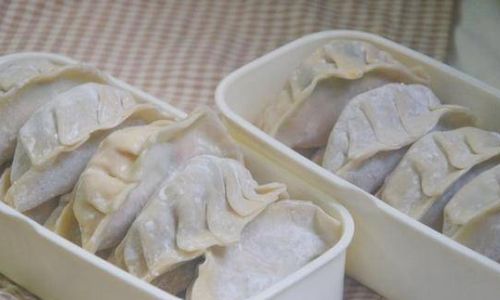
- Frozen Gluten Cubes: 8–10 minutes on high pressure.
- Large Frozen Pieces: 12–15 minutes.
Pro Tip: Allow the pressure to release naturally for 5–10 minutes before opening the lid to prevent the gluten from toughening.
Factors Affecting Cooking Time
- Size and Thickness: Thicker pieces require longer cooking. Slice frozen gluten uniformly for even results.
- Altitude: At high elevations, water boils at lower temperatures, so increase cooking time by 10–15%.
- Initial Temperature: Cooking from frozen adds 5–10 minutes compared to thawed gluten.
- Desired Texture: Chewier gluten needs less time; softer textures require more.
Common Mistakes to Avoid
- Overcrowding the Pot: This lowers the water temperature, leading to uneven cooking.
- Using High Heat: Boiling too vigorously can cause the gluten to break apart.
- Skipping Seasoning: Frozen gluten benefits from aromatics, soy sauce, or spices added to the cooking liquid.
- Undercooking: Raw gluten is tough and inedible. Always test doneness with a fork or thermometer (internal temp should reach 165°F/74°C).
Storage and Reheating Tips
- Freezing: Cooked gluten freezes well for up to 3 months. Store in airtight containers to prevent freezer burn.
- Reheating: Simmer in broth for 5–7 minutes or microwave with a damp paper towel to retain moisture.
Creative Recipes Using Cooked Frozen Gluten
- Gluten “Chicken” Salad: Shred cooked gluten and mix with vegan mayo, celery, and grapes.
- Spicy Kung Pao Gluten: Stir-fry gluten with peanuts, chili paste, and bell peppers.
- BBQ Gluten Sandwiches: Marinate cooked gluten in BBQ sauce, then grill until caramelized.
Conclusion: The Perfect Balance of Time and Technique
Cooking frozen gluten to perfection is an art that balances science and intuition. Whether you boil, simmer, steam, bake, or pan-fry, the key lies in understanding how time and temperature interact with this unique ingredient. Start with the recommended cooking times, adjust based on your preferences, and don’t be afraid to experiment. With practice, you’ll master the delicate dance of transforming frozen gluten into a culinary masterpiece that rivals its meat-based counterparts.
Remember, patience is your greatest ally. Rushing the process can lead to tough, chewy results, while a measured approach ensures tender, flavorful gluten every time. So the next time you reach for that bag of frozen seitan, approach it with confidence—and a timer. Your taste buds (and dinner guests) will thank you.
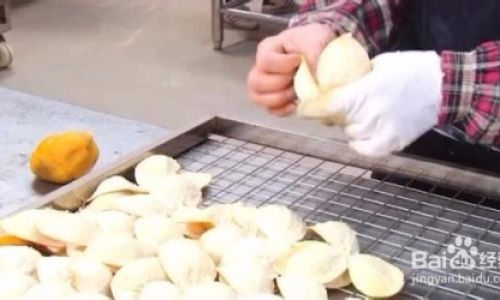
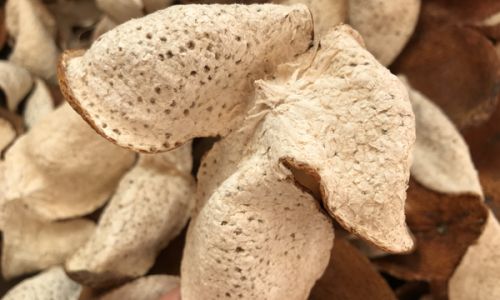
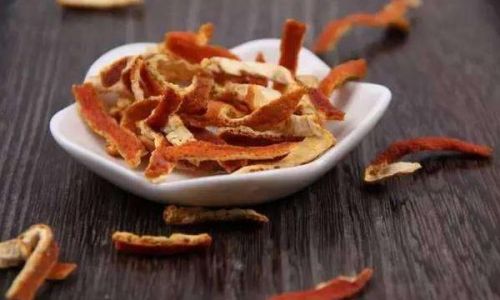
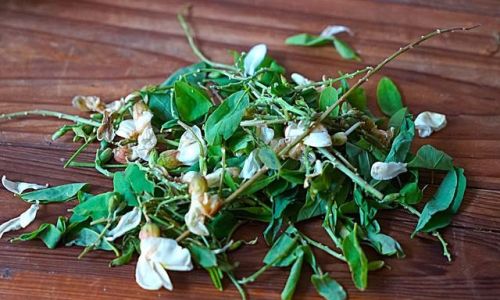
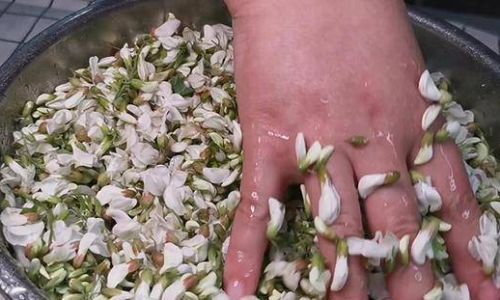
0 comments